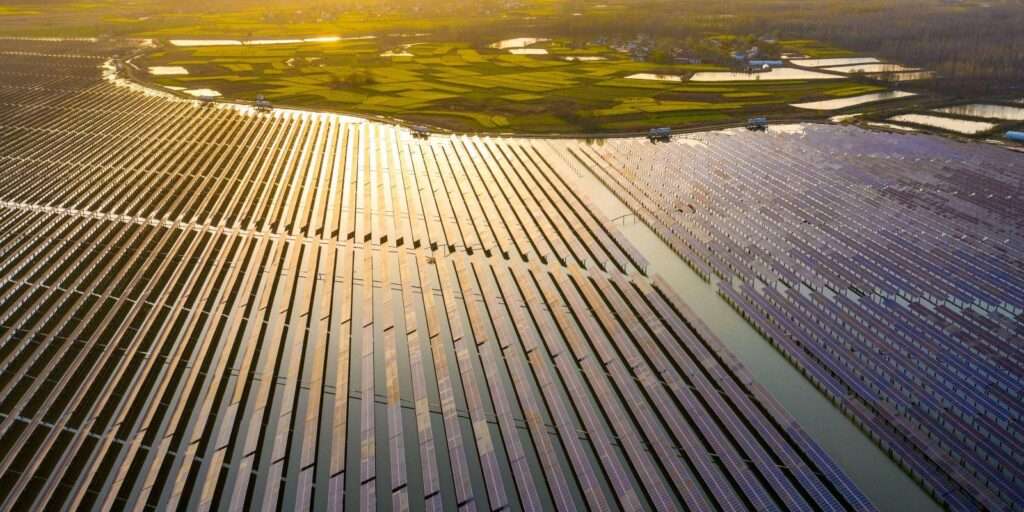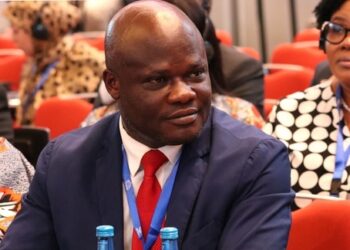As the world steers towards a greener future, African nations have long been touted as potential beneficiaries of the global clean energy transition. The promise of newfound wealth, driven by the continent’s abundance of essential minerals required for renewable energy technologies, has been a beacon of hope for many African economies. However, new research suggests that these hopes may be misplaced, challenging the conventional wisdom that Africa is poised for an economic windfall from its mineral resources.
Despite the promising outlook, a closer examination reveals a more complex picture. Bright Simons, a vice president of the think tank IMANI AFRICA, has cast doubt on the optimistic projections surrounding Africa’s mineral wealth. Simons argued that the prevailing narrative, endorsed by international organizations, is built on flawed assumptions about the continent’s resource potential and its role in the clean energy transition.
“Africa has less than 4.5% of the minerals essential to the green transition, with few prospects for increasing its reserves of production,” Bright Simons revealed.
According to Simons, the conventional logic that Africa’s mineral wealth will fuel its economic ascent in the era of clean energy rests on shaky foundations. This revelation strikes a blow to the widely held belief that Africa’s mineral wealth would translate into economic prosperity as global demand for these resources surges.
Furthermore, Simons pointed out a critical factor undermining Africa’s potential gains from the clean energy transition: the rise of recycling efforts worldwide. As countries increasingly prioritize sustainability and resource efficiency, the demand for raw natural resources, including those abundant in Africa, is being offset by recycled materials. This trend threatens to dampen the anticipated surge in demand for African minerals, casting uncertainty over the continent’s economic prospects in the clean energy era.

Even for African nations that are major mineral exporters, Simons warned that the benefits may not materialize as expected. He argued that the composition of Africa’s mineral reserves does not align with the specific minerals most crucial for renewable energy technologies, such as lithium, nickel, and rare earth metals.
Without a sufficient presence of these industrial minerals, African countries may find themselves on the sidelines of the clean energy revolution, unable to capitalize on the anticipated boom in demand for specific resources.
The implications of Simons’ research extend beyond economic considerations, touching upon broader geopolitical and developmental dynamics. The notion that Africa could emerge as a “renewable energy superpower,” as UN Secretary-General António Guterres suggested, may need to be revisited in light of these findings.
While Africa undoubtedly holds immense potential for renewable energy generation, the path to realizing this potential may be more complex and challenging than previously envisioned.
Simons’ critique underscores the importance of nuanced and evidence-based analysis in shaping policy and investment decisions related to Africa’s mineral wealth and its role in the clean energy transition.
It serves as a cautionary reminder against overly simplistic narratives that overlook the complexities of resource governance, market dynamics, and technological advancements shaping the future of energy and development.
While Africa’s potential to contribute to the global clean energy transition is undeniable, the path forward is not without obstacles. The recent research by Bright Simons serves as a reminder that the continent’s mineral wealth alone cannot guarantee economic prosperity.
It underscores the need for a balanced approach that considers both the opportunities and challenges presented by the global clean energy transition. As Africa navigates this complex landscape, it will be crucial to ensure that the benefits of the clean energy transition are shared equitably and that the continent’s development is sustainable and inclusive.
READ ALSO: Ghana Eyes Relief as Global Fertilizer Prices Drop




















